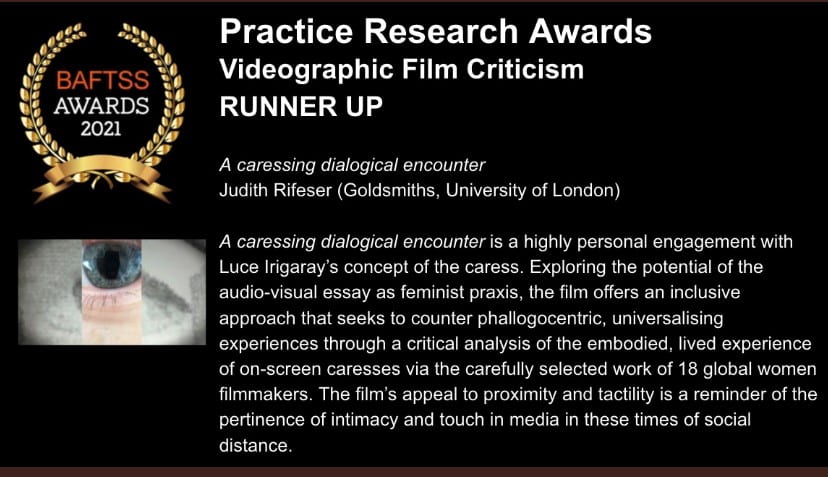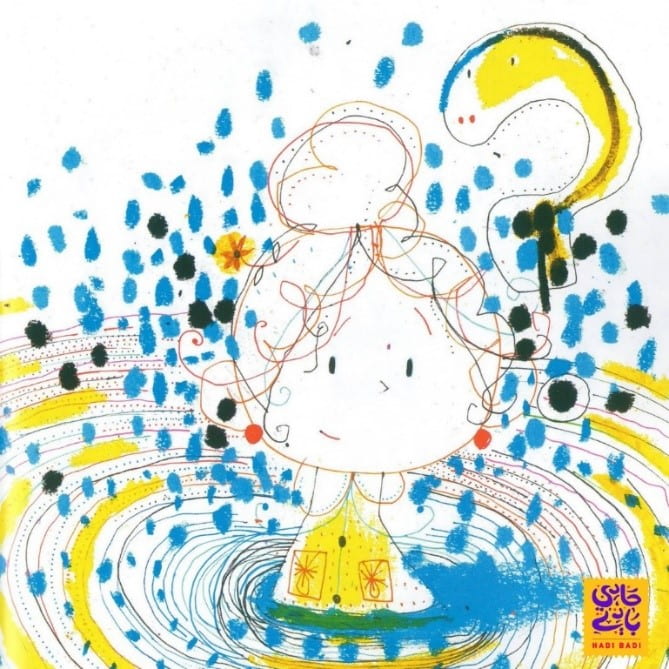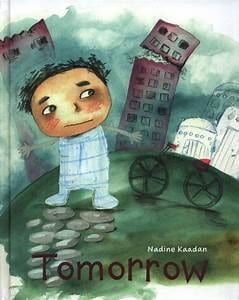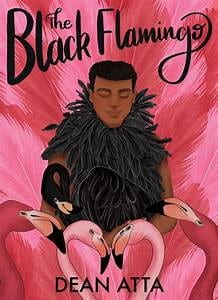Below is an unedited video of Gabe Troiano’s talk on the Forbidden and Creativity, 15 April 2021, hosted by Goldsmiths Centre for Language, Culture and Learning and MA Creative Writing and Education Please feel free to scroll to the relevant section.
Gabe writes:
It was an absolute pleasure to participate in the Inspire conference on the 15 and 16 of April 2021. I was impressed with what the participants had to showcase, their work has great value and will certainly be of importance moving forward in the field of critical pedagogy, creativity, and writing. In regard to my session ‘Forbidden’, I wanted to explore a creative writing practice that can take place in a variety of formats.
By formats I mean not only writing, but other artistic forms of expression such as painting, drawing, etc. This goes along with a part of my presentation where I talk about other artistic creations and how they impacted me as a writer. My idea with this piece was to think about a scenario where a person or character finds themselves in a difficult place, a moment where him/her is doing something forbidden or dangerous that could potentially impact their life in some way.
This was the driving force behind my story, and I believe that this simple action of doing something forbidden can and has been extremely explored throughout the artistic world. Some of the examples from different genres that I utilized in my presentation are shown below:
Adam eating the apple, 1786 by Parmigianino (1503 – 1540)
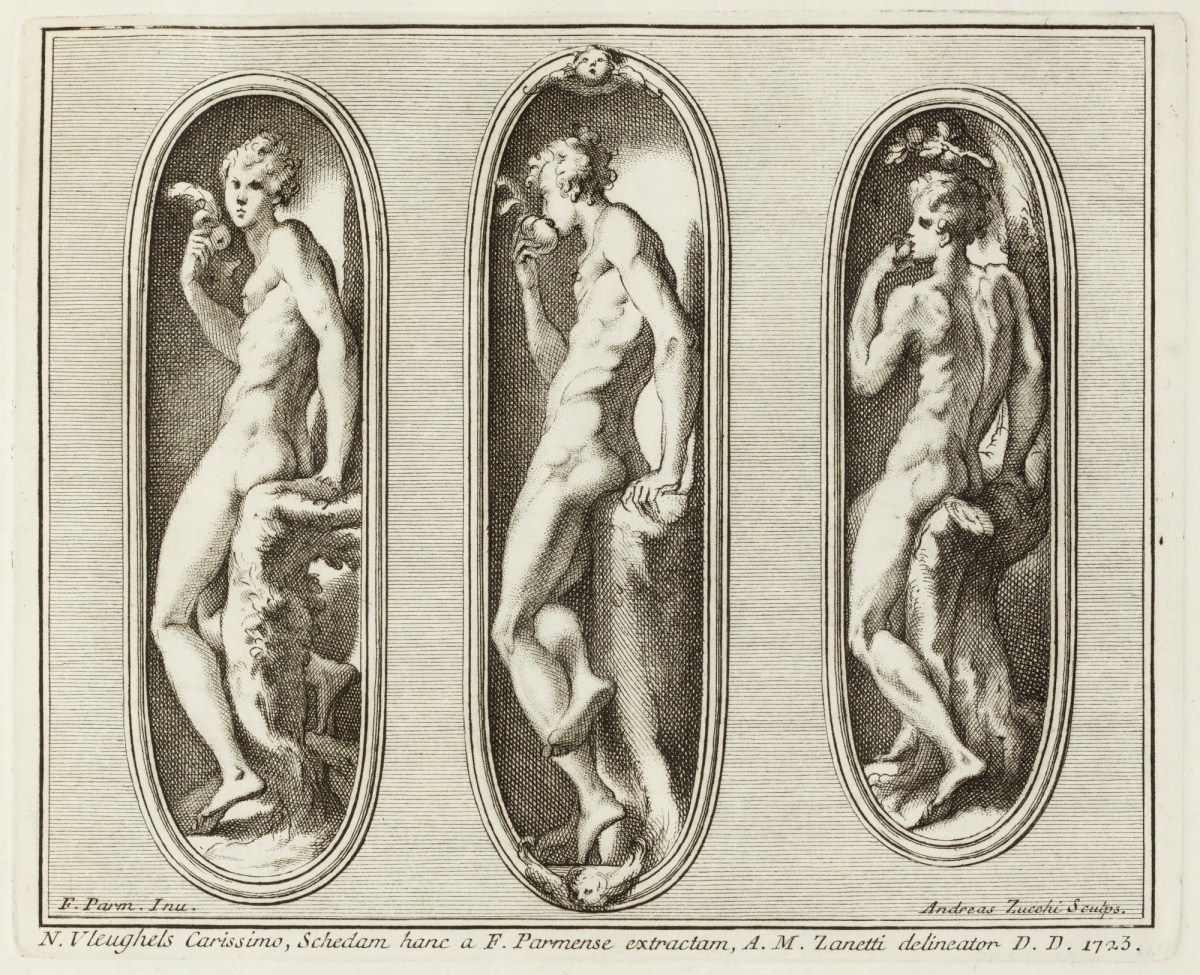
Dream Theater’s “Metropolis PT 2: Scenes From a Memory”

The generous feedback from my peers and visitors at the conference (which also included my mother, father, and grandmother!) also allowed me to showcase this point quite clearly. After the completion of the freewriting exercise, I was shocked to see so many responses and the amount of creativity that was embedded in only 8 minutes of writing. Some of the comments below say more than I could ever express into words:
‘She’d do what she needed to do. It was the mantra that she kept replaying to herself all those lonely months. And now she was here. The worst was over. Now all that was left was to cover the thing that had fallen out of her in the soft, sweet smelling earth of her parent’s back garden. Then she could go back into the house; get into bed and tomorrow she would just be a cheerleader again.’
‘I stood in the bathroom stall shaking and unfolding the crumpled piece of paper where I had written all the math formulas. My forehead dripped with sweat and my ankles felt stiff. I tried to scan the paper as quickly as possible. When I walked back to the classroom my sneakers squeaked through the cold and quiet hallway. When I opened the door to classroom 2D, Mr.s Levin looked at me. “She knows”, I thought. “Play it cool” i told myself. I slipped back into the seat to look at my math quiz and I had forgotten all the formulas.’
‘I lied. I don’t usually lie. It is hard to do so when one has been brought up in a strict ‘Thou shalt not lie’ household. I lied to my children. I thought at the time I was protecting them and to this day I do not know if that was a good thing. But they lied right back at me. They pretended that they believed my lie. so we lived for years dancing around this strange thing, this lie. It coloured everything and as it turns out, they were having to work harder to protect me. And I had no idea that any of it was going in. How would our lives have been if I’d told them the truth from day on? What would it have been like if they had not lived, knowingly, with that lie, played it out for years? That lie. It had so much power. It carved the gorge that our life path took. To this day I can’t work out if I did the right thing but I remember the shock when my children told me they knew I had lied to them. Did it make them accepting of lies, of untruths? Did it colour their lives. If it did, I hope it has been for the good. But I will never know. I can’t turn back the clock, change that act.’
Overall, the experience of attending the conference as an observer and presenter was a truly magnificent opportunity. It always blows my mind to see so many talented people that are not afraid to showcase their work and inspire people to grow and be creative. I have always thought that creativity is something that you must be born with it, but attending conferences like this makes me reflect on the value of pedagogy and serving as a mentor to others who may want to explore their more creative, abstract side. It is easy for us writers and educators to sit down and jot our ideas to ourselves, but it is when we shed light on the why and how of this process to others that we fundamentally alter the way in which creativity is practiced and perceived. That is to say, one can do the work and stimulate their ideas to oneself, but one can also share pieces of the puzzle that was developed throughout a body of work in order to truly mend these different pieces together. I hope that you become inspired by watching the conference as I did, observing and interacting with the different pieces of the puzzle produced by the trend setting collection of inspirers.
Biography
Gabriel Troiano was born in São Paulo, Brazil in 1996. After moving to the United States in 2013 to complete his high school and bachelor’s degree, Gabriel relocated to London, United Kingdom, where he currently resides and is completing a master’s from Goldsmiths University in Creative Writing & Education. His first original poetry and short story collection entitled Inner Worlds is set to publish in 2021, one which he compiled throughout the span of his academic life. The author is also deeply interested in social work and acts as a volunteer for The Reader organization based in Liverpool, United Kingdom. Besides his literary ventures, Gabriel enjoys topics relating to sports, health & wellness, music, and is an advocate for mental health.
